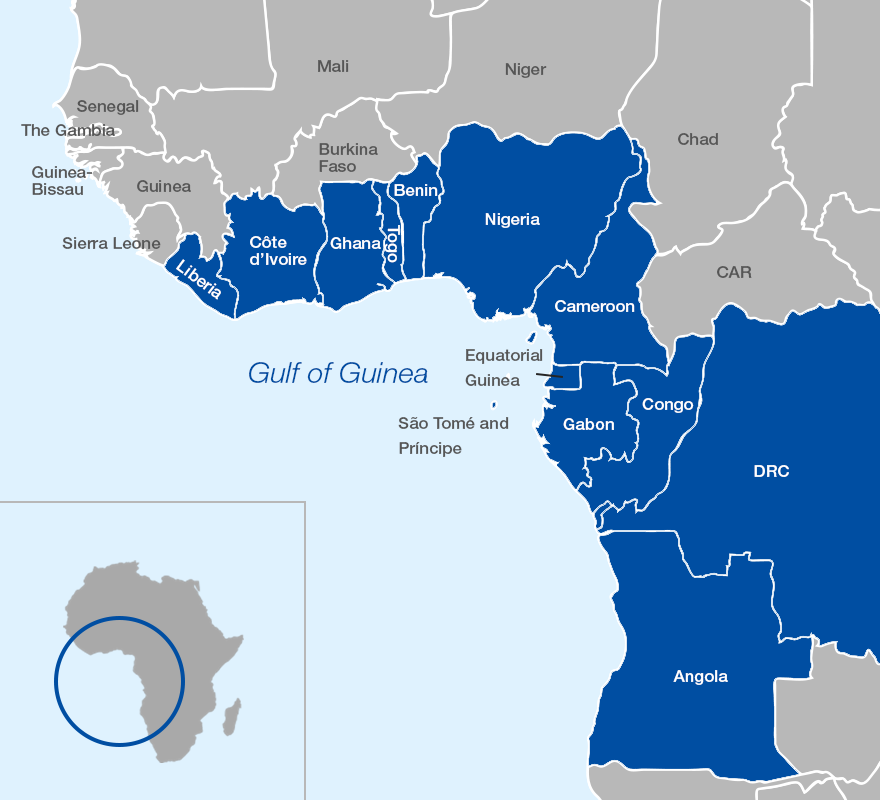Free Courses Sale ends Soon, Get It Now


Free Courses Sale ends Soon, Get It Now



Disclaimer: Copyright infringement not intended.
Context
About the Gulf of Guinea
Coastline:
What is the significance of the Gulf?
About INS Sumedha
Features
India’s role in Piracy control and Maritime security
|
PRACTICE QUESTION Q. Discuss India's strategic and operational contributions in countering anti-piracy efforts along Africa's western coast. Examine the challenges faced by India in this endeavor and suggest measures for further strengthening its role in ensuring maritime security in the region. (250 words) |
© 2024 iasgyan. All right reserved